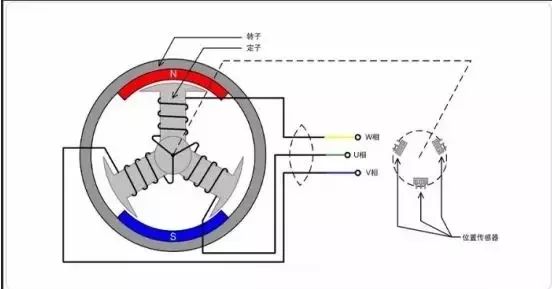The history of the motor is an exciting journey that spans over two centuries. It is the driving force behind the Industrial Revolution and has changed the way we live and work. From the early days of steam-powered engines to the modern electric motors, the evolution of motors has been a testament to human ingenuity and innovation.
The first known motor-like device was the aeolipile, invented by Hero of Alexandria in the first century AD. This was a steam-powered device that used the force of steam to rotate a sphere. However, it wasn’t until the 18th century that the first practical steam engine was developed. In 1765, James Watt developed an improved steam engine that was more efficient and could be used to power machinery. This was the beginning of the Industrial Revolution and the use of steam-powered motors in factories.
The next major development in motor technology came with the invention of the internal combustion engine. In 1860, Étienne Lenoir developed the first practical internal combustion engine, which used a mixture of gas and air to produce power. However, it wasn’t until 1876 that Nikolaus Otto developed the first four-stroke internal combustion engine, which is still the most commonly used engine in cars and other vehicles today.
The early 20th century saw the development of electric motors, which would revolutionize the way we power machines. In 1873, Zenobe Gramme developed the first practical electric motor, which used an electromagnet to produce rotational motion. This was quickly followed by the development of the alternating current (AC) motor by Nikola Tesla in 1887. The AC motor was more efficient and could be used for a wider range of applications than the existing direct current (DC) motors.
The development of electric motors also led to the development of electric vehicles. In 1834, Thomas Davenport built the first electric car, which was powered by a primitive electric motor. However, it wasn’t until the early 20th century that electric cars became more common. In 1900, electric cars accounted for around one-third of all cars on the road in the United States. However, the development of the internal combustion engine and the availability of cheap oil led to a decline in electric vehicles.
In recent years, there has been renewed interest in electric vehicles due to concerns about climate change and the environment. Advances in battery technology have made electric cars more practical and affordable, and many major car manufacturers are now developing electric vehicles.
The future of motor technology looks bright, with continued advancements in electric motors and the development of new technologies like hydrogen fuel cells. These technologies have the potential to transform the way we live and work, making transportation more sustainable and reducing our dependence on fossil fuels.
In conclusion, the history of the motor is a story of innovation and progress. From the early days of steam-powered engines to the modern electric motors, the evolution of motors has changed the world and our way of life. As we continue to develop new technologies, we can look forward to a future where motors are even more efficient, sustainable, and transformative.
 Electric Air Duster Manufacturer in China – Kinzir
Electric Air Duster Manufacturer in China – Kinzir